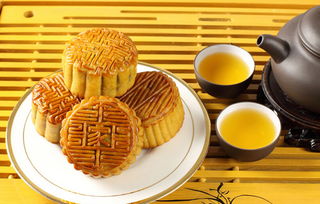Mid-Autumn Festival (Moon cake Festival): Celebrations and Origins

The Mid-Autumn Festival is also called the Moon Festival or the Mooncake Festival. It traditionally falls on the 15th day of the eighth month of the Chinese lunar calendar. In 2021, the Mid-Autumn Festival falls on September 21st (Tuesday). Chinese people have a 3-day public holiday from September 19th to 21st.
A “mid-autumn festival” is also celebrated in many other Asian communities besides China. In China, it's a reunion time for families, just like Thanksgiving, while in Vietnam, it's more like a children's day.
The Moon cake Festival is the second most important festival in China after Chinese New Year. Chinese people celebrate it by gathering for dinners, worshiping the moon, lighting paper lanterns, eating moon cakes, etc.
How the Chinese Celebrate Mid-Autumn Festival
Enjoying Family Reunions
The roundness of the moon represents the reunion of the family in Chinese minds. Families will have dinner together on the evening of the Moon cake Festival.
Eating Moon cakes
Moon cakes are the most representative food for the Moon cake Festival, because of their round shape and sweet flavor. Family members usually gather round and cut a moon cake into pieces and share its sweetness.
Appreciating the Moon
The full moon is the symbol of family reunions in Chinese culture. It is said, sentimentally, that “the moon on the night of Mid-Autumn Festival is the brightest and the most beautiful”.
Worshiping the Moon
According to the legend of the Mid-Autumn Festival, a fairy maiden named Chang’e lives on the moon with a cute rabbit. On the night of the Moon Festival, people set a table under the moon with moon cakes, snacks, fruits, and a pair of candles lit on it. Some believe that by worshiping the moon, Chang’e (the moon goddess) may fulfill their wishes.
Mid-Autumn Festival Is Also Celebrated in Other Asian Countries
In many Asian communities besides China, the Mid-Autumn Festival is widely celebrated. Many interesting activities with unique local features are held.
In Singapore, Malaysia, and the Philippines — three countries with many ethnic Chinese citizens — the celebrations are more Chinese, such as lighting lanterns and dragon dances. The date is also the same as in China, but there is no public holiday.

